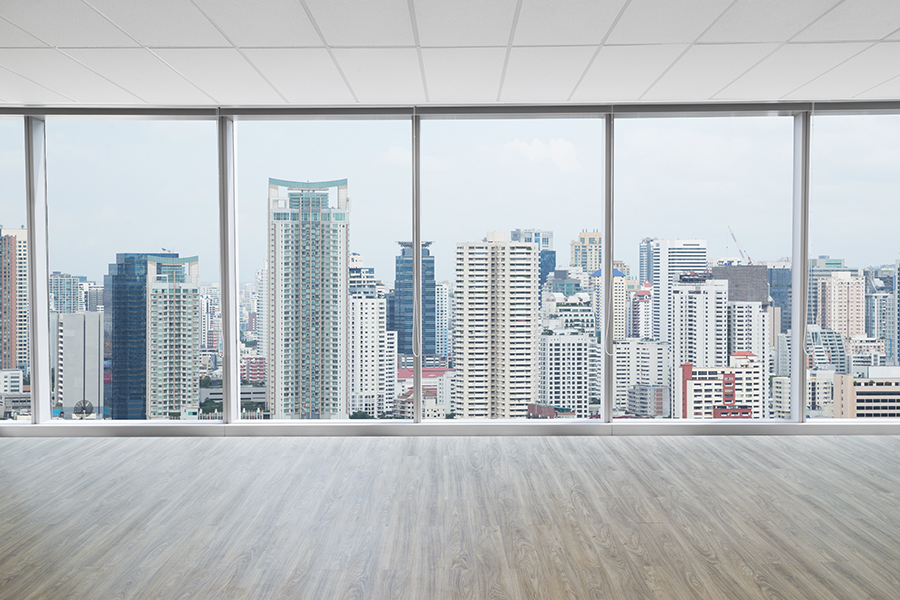Before choosing an office, most corporate real estate directors go through a standard set of site selection criteria. Key site drivers usually include a location's proximity to major freeways, nearby vendors, supportive services and the area's demographics. While those are all important factors, there are some less-common ways to evaluate a space that may have a bigger impact on how your occupancy will work. Here are five factors that you may not have considered:
1) Wireless Coverage
It's standard to survey a site's connectivity from the perspective of whether or not the building has fiber optic or adequate amperage on its circuits. However, it’s also important to use your cellphone at the site and see if it works well. An office that is a dead zone for your company's preferred cell provider, might not be a good fit for your mobile workforce.
%20is%20Transforming%20Commercial%20Real%20Estate.jpg?width=900&name=How%20IoT%20(Internet%20of%20Things)%20is%20Transforming%20Commercial%20Real%20Estate.jpg)
The same site selection issues apply to Wi-Fi. If a building is constructed with materials that block wireless signals or somehow interferes with wireless connectivity, it could be a major drag on office operations.
2) Commute Times
Site selectors usually measure how long it takes to get from a site to the airport or to where employees live. However, a more important site selection metric can be how long it takes to get from a desk to the building's driveway. Desk-to-driveway times in a ground floor office in a suburban building with a parking lot could be measured in seconds. On the other hand, a CBD high rise where an employee has to take two different elevators, walk to the parking garage elevator and wait for it, drive through the garage and check out could have a 10 minute desk-to-driveway time.

3) Corporate Image vs. Workforce vs. Client
When going through the site selection process, you have to balance the needs of three different stakeholders. The building needs to fit your company's image while suiting the needs of your workforce and your clients. A Class A building (corporate image) in a "hip" part of town (young workforce) might send the wrong message to an older and more conservative client base. Without a clear understanding of what each constituency needs, you could locate your office in the wrong place.
4) Floor Plate Sizes
A high-rise building makes sense, doesn't it? You can put your legal and accounting departments on floor 25, sales on 26, marketing on 27, product development on 28 and management on 29, right? However, when the product development people need to train the sales force, they end up spending a big portion of their time in elevators. Furthermore, the accountants won't have any understanding of why the company is spending money on marketing since they're isolated. Big floor plates give your company the flexibility to place employees closer together in order to improve collaboration.
5) Co-Tenancy and Ownership Stability
Sometimes, site selection takes a crystal ball. Today's perfect building could turn into a nightmare if a large company takes multiple floors on either end of you, puts an ugly sign on your building and ties up the elevators. Here are a few ways to potentially predict the future:
- Ask about other rollovers to get a sense of who might be moving
- Check the building's standards for possible accepted tenants
- Review signage rules and requirements
- Assess the owner's management style in other buildings
Subscribe to our blog for more CRE tips!!







